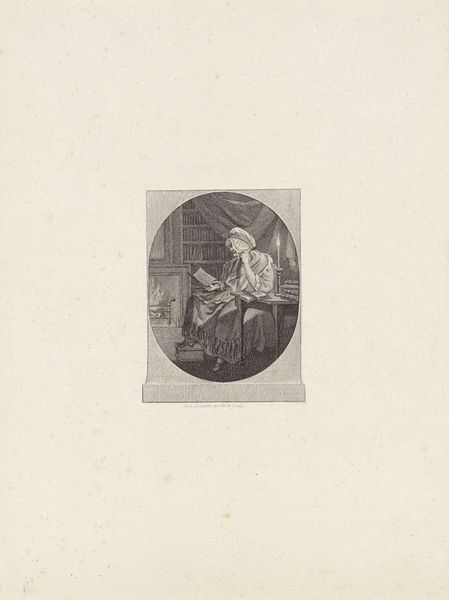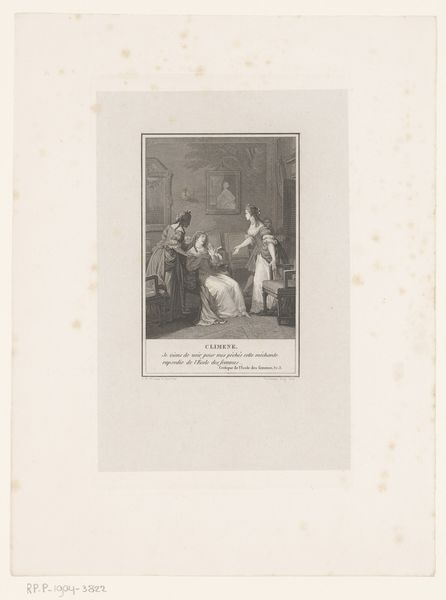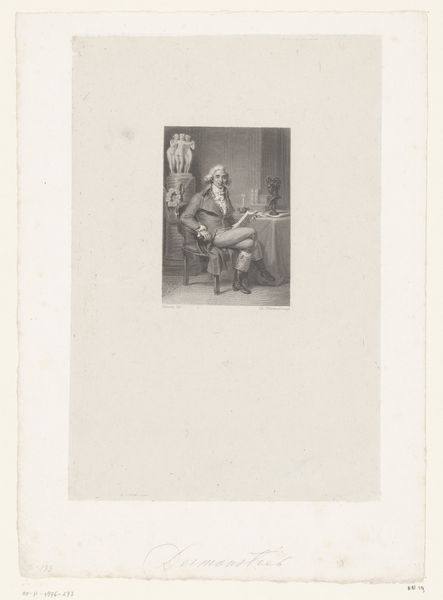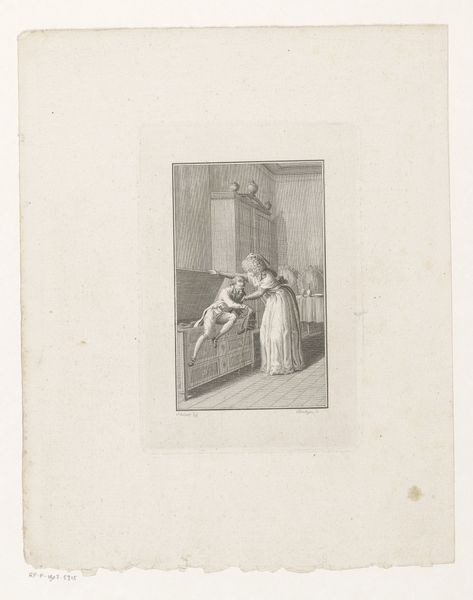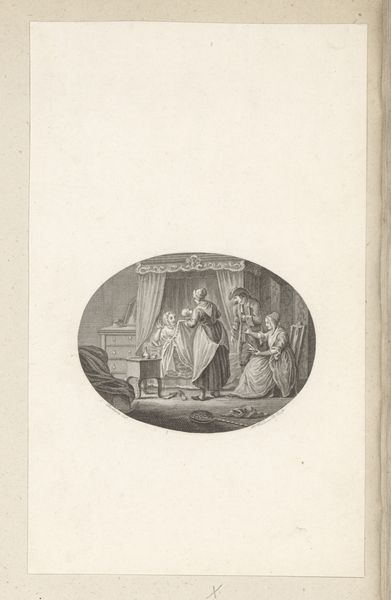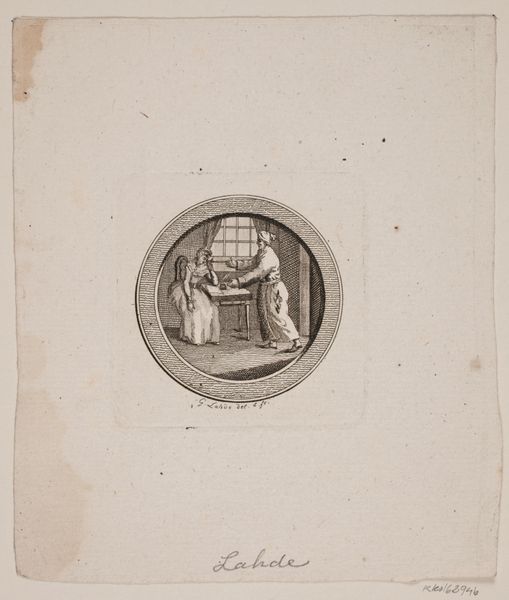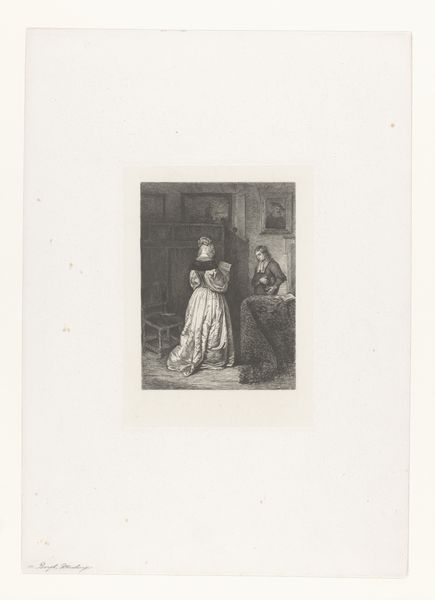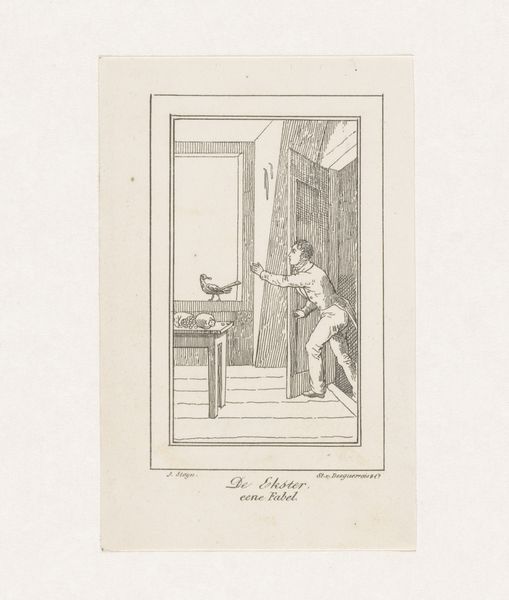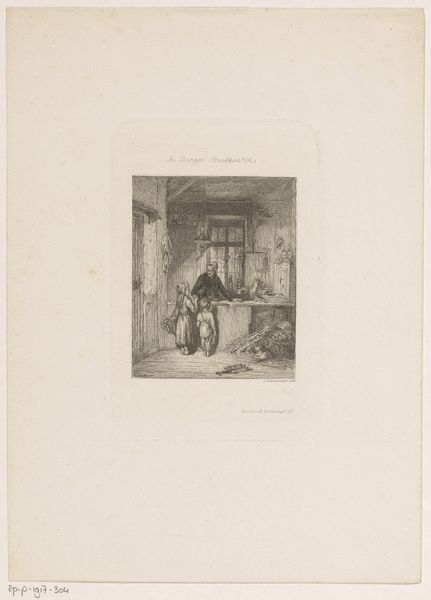
print, engraving
#
portrait
#
neoclacissism
# print
#
old engraving style
#
figuration
#
line
#
genre-painting
#
history-painting
#
engraving
Dimensions: height 102 mm, width 62 mm
Copyright: Rijks Museum: Open Domain
Editor: Here we have "Lodewijk XIII neemt emotioneel afscheid," or "Louis XIII bids an emotional farewell," a print made by Daniel Nikolaus Chodowiecki in 1792. The image is so delicate; you can really see the lines created by the engraving. How would you approach an interpretation of this piece? Curator: Focusing on the printmaking process itself is key here. Chodowiecki, working in the late 18th century, used engraving – a labor-intensive process where the image is carved into a metal plate. Think about the social context of printmaking at that time: it was a medium for disseminating information and ideas to a wider public. How might that influence our reading of the scene depicted? Editor: I see what you mean! It is a historical scene being made accessible. So, the choice of printmaking connects to making a historical or even political statement, by widening the work's reach? Curator: Precisely! And consider the "genre-painting" tag and the depiction of emotion. By choosing this intimate moment from a historical narrative, the artist arguably democratizes history. The availability of this type of print brought these dramatic and personal images into everyday lives. The labor involved in its production becomes almost secondary to the broad distribution. How does that influence the value assigned to the final print? Is it “high art,” or something else entirely? Editor: Interesting… It makes me wonder how viewers at the time considered its status. The technique is beautiful but meant for mass appeal. Curator: Exactly. The work lives in this tension. By analyzing the print as a physical object, created through specific labor and circulated within a specific economic system, we get closer to understanding the intentions and values embedded within it. Editor: Thank you for pointing out those production factors! It shifts my attention away from only considering the content, to the deliberate choices behind the creation itself. Curator: Indeed. Recognizing the role of production enables us to look critically into this print as a historical object rather than merely a decorative reproduction.
Comments
No comments
Be the first to comment and join the conversation on the ultimate creative platform.


